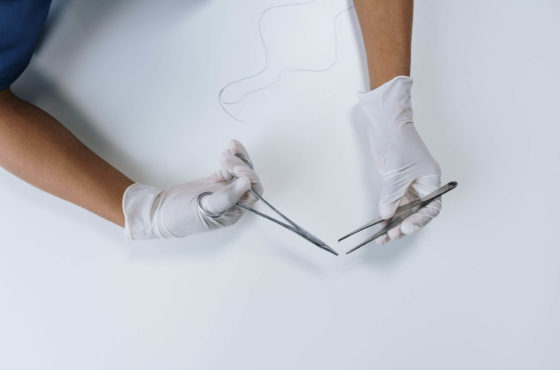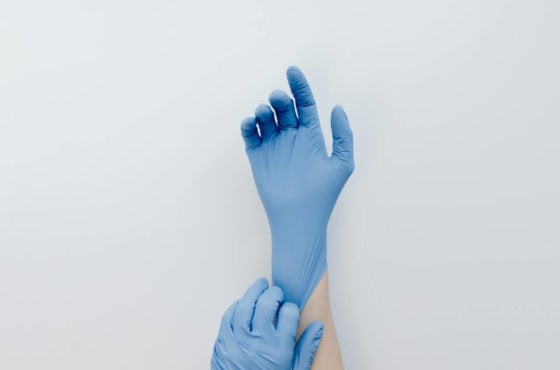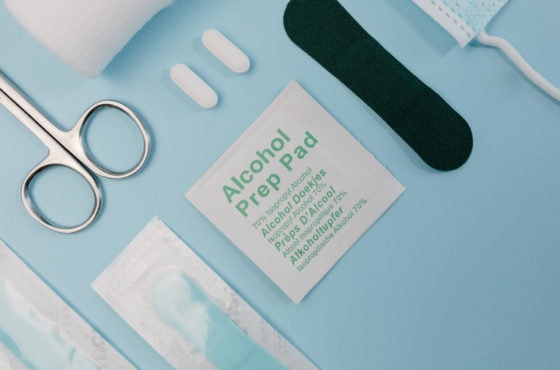After a surgery, it’s normal to be concerned about having an infection on the incision site. This is the reason why it’s important to observe proper incision care after your surgery.
However, at times, no matter how careful we are, it’s not a guarantee that things will always go smoothly.
Just like with a surgery, doing all the right steps does not mean you’re free from the possibility of developing an infection.
A surgical wound can become infected whether wound closure was done with the help of a suture or a staple. Lately, however, surgical staples are being preferred by surgeons mainly because of their supposed convenience compared to stitches.
But did you know that staples used in surgery have been the target of many lawsuits lately?
Plaintiffs who have filed surgical stapler lawsuits claim that these medical devices caused them serious injuries and complications, including blood loss, internal bleeding, and infections, among others.
Exactly how do you tell if surgical staples are infected?
Continue reading the article to learn more about signs of infection from surgery with staples that you should know about.
How Do You Know if Your Surgical Incision is Infected?
Wound infection is the most common problem that stems from a surgical wound. And even though a certain amount of pain is normal following a surgical procedure, there are always things you should watch out for.
If your staples have become infected, you may notice the following symptoms:
Fever
Fever is one of the most common signs of any kind of infection. In fact, a low-grade fever is normal after a surgery. However, if your temperature reaches 101 F or 38.4 C and lasts for a day or two while becoming more severe, this may be a sign of a surgical wound infection and the patient should immediately inform the surgeon if this happens.
Redness or Swelling
Some amount of redness or swelling around the surgical site is to be expected after a surgery. However, it should show signs of improvement over time, instead of getting worse as your incision heals. Red streaks that spread out from the incision site to the surrounding skin as well as redness and swelling that lasts for more than a week following surgery may be signs of an infected wound.
On the other hand, the incision may also appear to be swollen as there is tissue inflammation underneath the site of surgery.
Warmth at the Incision Site
An infected wound and the skin around it may feel hot to the touch. This is because the body responds to an infection by sending white blood cells to fight the bacteria at the site of infection. A certain amount of warmth on the skin is actually normal immediately after surgery, but if it lasts for more than a few days after the procedure, it may be a kind of infection that you should tell your surgeon about.
Pain
As with the other symptoms, some amount of pain is also to be expected after a surgical procedure, but this pain should always decrease over time, as your incision heals. Usually, an increased pain can be from continuing physical activity after the surgery, or cutting back on pain medication. However, if there’s an unexplained increase in pain, it should be discussed with the surgeon to have a proper diagnosis of an infection and for it to be treated before it can cause more problems for the patient.
Foul-smelling Drainage from the Incision
An ordinary drainage is usually clear and goes away after a couple of days. But a foul-smelling yellow, white, or green discharge appearing from the wound is a sign of surgical site infection. If you experience this symptom, you seek immediate medical attention before the infection spreads and result in more wound complications.
Some of the main reasons why surgical incision becomes infected are bacteria that are already on your skin and even inside your body or the area where the surgery was performed. In some cases, these germs end up spreading to the wound and the skin around it, causing infection.
Preventing the Risk of Infection
Just like they always say, and as cliche as it may sound, prevention is always better than cure. The possibility of developing an infection following a surgery may cause several complications for patients, especially if it’s not treated promptly and quickly.
The good news?
Reducing the risk of infection is actually very simple and easy. Here’s what you can do to save yourself from wound infections:
- Wash your hands frequently, especially before and after touching your incisions.
- Keep your wound clean by following the surgeon’s post-op instructions regarding proper wound care including changing the dressing and keeping it dry.
- Avoid strenuous physical activities for at least a month after surgery (or longer for other surgeries)
- Avoid picking at staples or stitches and avoid removing the tape strips
When to Call the Doctor
Infection is one of the most common complications that patients experience following a surgery. It can also result in a wide array of complications, including delayed wound healing, pain, increased scarring, and longer recovery time.
And with how simple and easy the steps are in avoiding infections, we can say that it is worth the effort to follow the precautions mentioned above than to face more complications due to an infection that can easily be prevented.
It is important to seek medical attention if you experience any symptoms of infection, if you have bleeding that does not stop even with pressure, and if you have questions about wound care instructions.
However, if you have suffered from infection due to surgical stapler and staples, filing a lawsuit is another option for you.
According to the complaints in the surgical stapler lawsuit, plaintiffs accuse manufacturers of producing the allegedly faulty medical devices with defective designs.
For some, filing a lawsuit may be the only way to seek justice against giant companies who harm the general public. Looking at the bigger picture, victims of surgical staplers should fight for their rights in order to save others from suffering the same fate.



